Sparks will jump out of more than one when trying to understand what designer wines are. To explain it, we have prepared this article that we hope will answer and solve your questions. But before giving the solution to the puzzle, let’s start at the beginning by defining the basic concepts…
What is design?
“Design” is, according to the Real Academia Española, a line, sketch or plan that outlines and shapes a project. These “designs” delimit the shape, size, color… of the product or space, but they can also refer to characteristics of services, programs, spaces, etc. With these considerations, a resulting definition of “design” could be that of a mental process that encompasses knowledge, techniques and creativity, with the purpose of projecting objects or works destined for serial production with useful and/or aesthetic purposes.
Etymologically, it comes from the Italian “disegno” which translates as “drawing” but also means “that which is to come”. It would be a graphic vision of the future, thus reflecting thinking about alternatives that provide a solution to a problem in graphic support. Despite the fact that there are voices that consider it an artistic process, many other detractors defend that it should not be considered that way because it is a process with a functional vocation within a specific social context above aesthetic or symbolic inclinations.
The designer and his working method
The designer is the person responsible for combining knowledge, technique and creativity to find a functional solution to a problem in society. As we have seen, although he/she is often classified as an artist because of their use of creativity, the artist seeks to move or convey emotion, while the designer has a clear functional vocation. More than art, this incessant search for solutions and answers brings the designer closer to the figure of the scientist or the philosopher.
The design activity is usually supported by a work method that is developed in 4 phases:
- Empirical analysis: through the senses, both of the problem and the environment in which it develops in order to detect the need. This is the time to ask questions like what, how, why, when, how much, who, for what, for whom, where, etc.
- Evaluation: in order to prioritize, order and categorize both the information collected and the needs detected.
- Projecting: this is the time to propose a solution to the problem through work techniques linked to the discipline, such as models and drawings that reflect the knowledge but also the creativity of the designer.
- Prototype: the design is carried out in a first prototype that serves to corroborate its functionality and detect possible errors that could have been overlooked.
Design applications
The concept behind designer wines is new, but historically design has been applied to multiple disciplines, some of which have been indispensable for building civilization as we know it, remaining from its origin and evolving with the history of mankind. Some of the most prominent are architectural design, fashion design, and automotive design.
Architectural design
From the beginning, humanity required caves that served as shelter against inclement weather, as a refuge from the threat of other species and as a retreat for the tribe. Evolution led to the invention of small constructions and later large buildings. Architectural design has the purpose of satisfying the needs of human beings in the search for habitable spaces that combine the aesthetic, functional and technological, historically relying on analogies with nature, metaphors, religious implications, etc.

Fashion design
Along with the need to find a safe place came the need to protect oneself from the cold and with it the first clothes. Fashion design represents the sophistication of this need, designing and making clothes, garments and accessories based on social and cultural influences in specific historical periods. Fashion is considered a cultural expression with great artistic weight, which took a stylistic leap in the 20th century thanks to names like Dolce & Gabanna, Giorgio Armani, Versace, Jean Paul Gaultier or Carolina Herrera.

Automotive design
Currently, there are more than 1.2 billion cars in circulation in the world. Automotive design appeared as the sophistication of the sector grew but also to drive technological advancement. Its practice requires a large team of professionals and technicians who work on two main aspects: interior design, where ergonomics and comfort prevail; and the exterior design, where aerodynamics are fundamentally taken into account.

What are designer wines?
Design in the wine world mainly refers to external aspects such as the bottle, the name, the label or the packaging that will accompany the wine, all with the aim of making the final consumer fall in love. However, being these essential elements in the launch of a new wine, they can never ignore the most important thing, what we find when uncorking the bottle: the wine itself.
When we talk about designer wines, we transfer to the world of wine this mental and creative process that is to design, linked to the knowledge and technique of a science such as oenology; we are working on something much deeper than an attractive image. We are making designer wines, conceptualized from their origin in order to satisfy a specific need or problem of a defined audience.

Since 2010 making designer wines
The elegant, complex and sophisticated wine for a romantic evening; the ideal sparkling wine that makes a celebration a special gastronomic experience; the easy-to-drink wine suitable for the most casual at a barbecue… There is a functional and service vocation in each bottle we make. For this reason, our wines are designer wines, because in addition to being elaborated, they are thought and designed from their origin in order to satisfy the needs and desires of our customers, wine lovers.

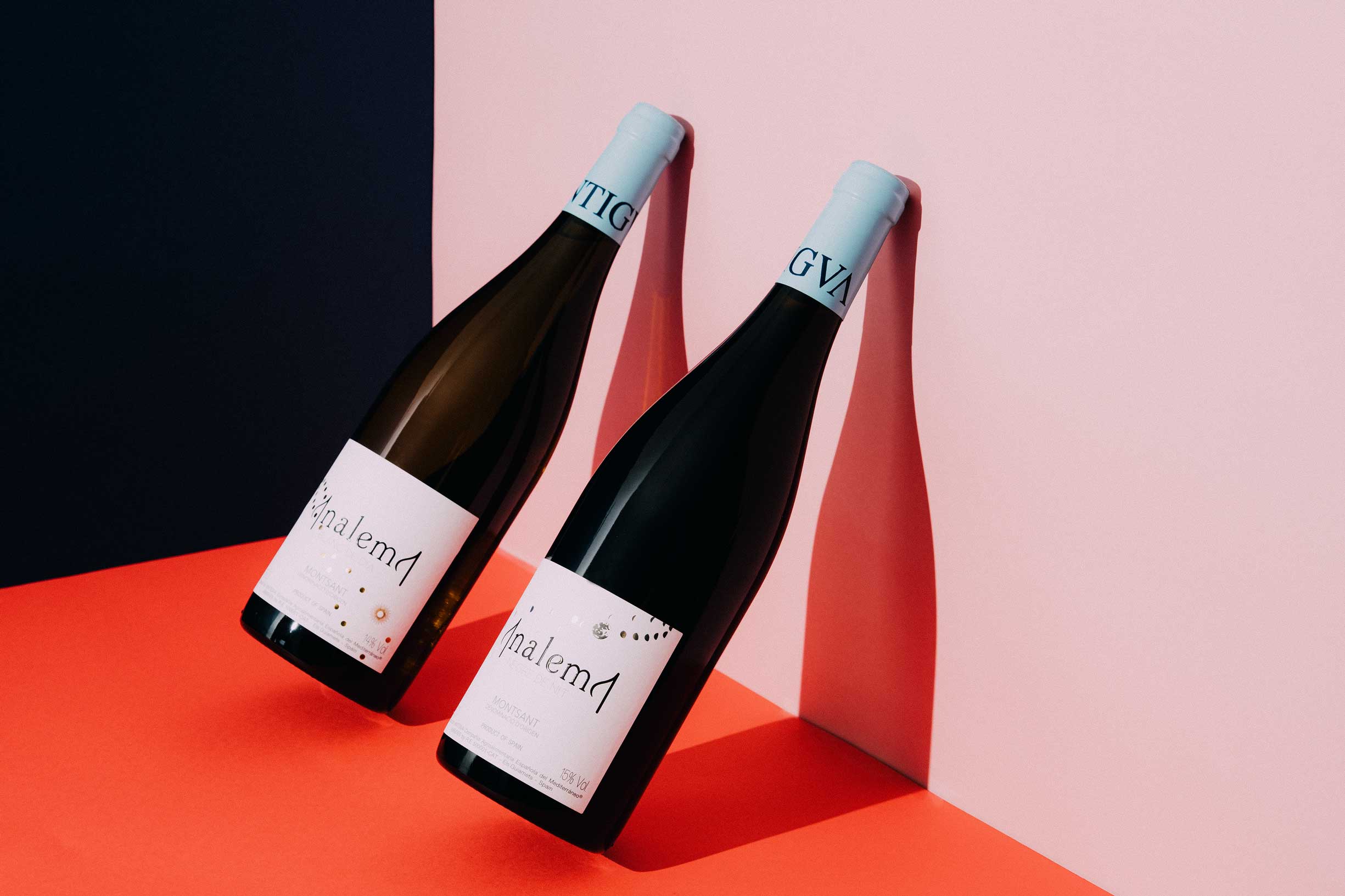
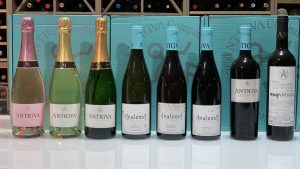




 ANTIGVA Cava Collection
ANTIGVA Cava Collection 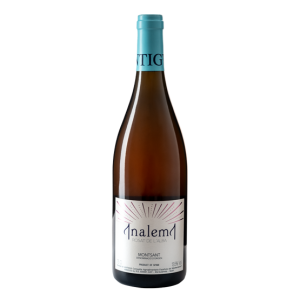 Analema Rosat de l'alba
Analema Rosat de l'alba 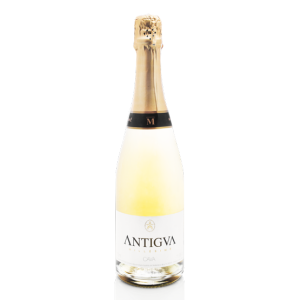 ANTIGVA Millésimé
ANTIGVA Millésimé 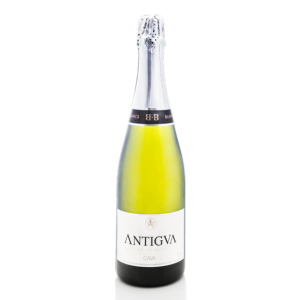 ANTIGVA Blanc de Blancs
ANTIGVA Blanc de Blancs 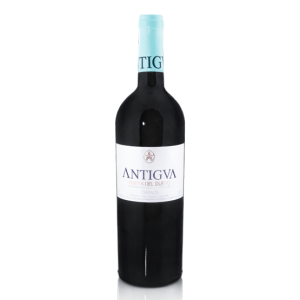 ANTIGVA Crianza
ANTIGVA Crianza 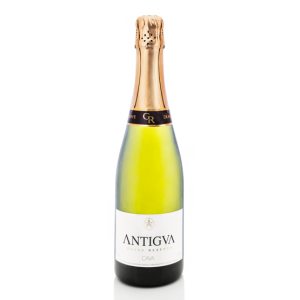 ANTIGVA Grand Reserve
ANTIGVA Grand Reserve 